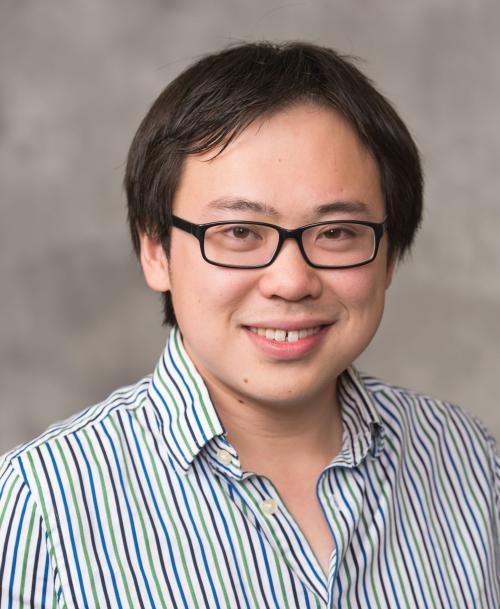If the United States is going to achieve the Biden administration’s goal of having 100% carbon pollution-free electricity by 2035, it’s going to have to address some of the renewable energy challenges economists at the University of Maryland and University of Wisconsin are actively uncovering.
With support from a $500,000 award from the National Science Foundation, UMD Assistant Professor Chenyu Yang and UW Assistant Professor Sarah Johnston are currently analyzing data from the renewable energy generator companies that are trying to connect their wind-, water- or solar-powered energy source to the U.S. power grid—a sometimes yearslong process that has to happen before the companies can sell that electricity option to consumers.
“Looking at the data, the interconnection completion rate of renewable generators is lower than fossil fuel generators, and the time it takes for them to go through this process of interconnection is longer than the time it takes for fossil fuels to interconnect [to the power grid],” said Yang, the project’s co-investigator. “With this project, we’re asking why it’s taking so long for renewable generators to connect, and then once we identify those reasons, offering policy suggestions on how best to improve the interconnection process.”
Yang and Johnston have already identified two major contributing factors: A shortage of engineers who can determine whether a renewable energy applicant will dangerously overload the grid, and the consequence of triggering an overload on the grid.
“The current rule is that if a generator triggers an overload on the grid, the generator needs to pay for the entire cost of installing a new line or upgrading the existing line—and this new line could also be used by generators that come after. Their investment in the grid today will benefit other generators,” Yang said. “There is a sense in which the first generator that causes an overload might have overpaid, and that those costs should be reallocated across other generators using the line over time.”
ISO-New England, an organization that manages the electricity transmission in the U.S.’s New England region, addresses this concern by requiring a generator using an upgraded line to pay a share of funds to the generator who fronted the cost before them. Whether something similar would increase a renewable generator’s likelihood of connecting to the power grid in other parts of the US is another question Yang and Johnston hope to answer by the project’s 2025 completion—with students’ assistance.
Johnston has hired one UW graduate assistant and multiple UW undergraduate students to work on this project. Yang has done the latter as well, bringing nine UMD undergraduates on board as research assistants.
“This particular project has taught me a lot about being detail oriented and meticulous in my work,” Kiran Kaur, a sophomore economics and violin performance double major, said. “A lot of the time it required me to not only find small details of information in large files, but also interpret them and analyze whether or not they would fit the criteria I was given.”
The volume of data the team had to sort through was something that stood out to Nadia Lee, a fellow research assistant and junior economics and public policy double major, too.
“I remember when I sat down for the first meeting I was really intimidated by the sheer number of files there was to work with, but file by file, I learned how to use Excel more efficiently, how to organize with other people, and even learned a little bit about the state of energy production in America today,” Lee recalled. “It is exciting to be a part of a project that has so much potential to improve peoples' lives with its research."
This article originally appeared on the BOS Homepage.
11/21/2022


